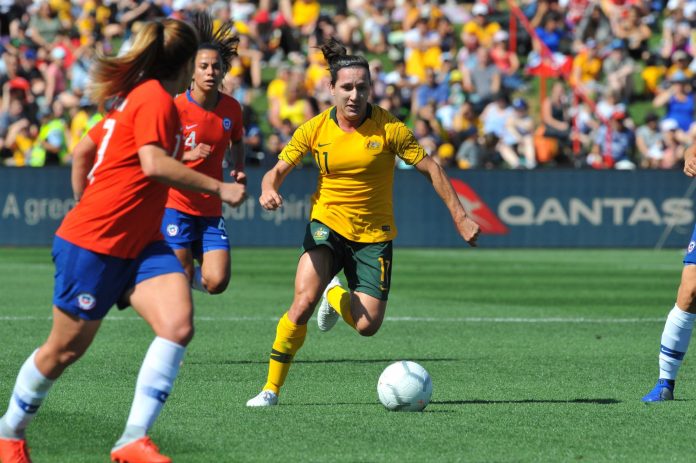Abuse is abuse and harassment is harassment no matter the gender of the perpetrator.
There is a lot being said about bullying, harassment and violence, both emotional and physical, and nearly always the narrative assigns the villain role to men.
And while the stats show that men are far more likely to be the doers of awfulness, the true picture is far from singular.
It’s time we talked more openly about women who bully and abuse and included them in discussions about men who do the same.
Recently retired Matildas great Lisa De Vanna, Australia’s second most prolific goal scorer, has claimed she was subjected to sexual harassment, indecent assault, grooming and bullying from senior players throughout her career.
De Vanna told media she had seen cultural problems at all levels during her 20-year career and there was a paucity of consequences and accountability for them.
She has yet to make a formal complaint, but football authorities have already said they want a full and frank assessment of the state of play in women’s footy.
The problem is international. Allegations have been made of abusive behaviour in the National Women’s Soccer League in the US. And no one presumes such girl-on-girl bullying is confined to soccer.
Local journalists supporting local people. Help keep independent and fair Sunshine Coast news coming by subscribing to our free daily news feed. All it requires is your name and email. See SUBSCRIBE at the top of this article
De Vanna is right. She wrote on social media: “Women protecting women who abuse women. Players protecting senior players who abuse younger players. Organisations protecting ‘coaches/players’ who abuse players. Abuse is abuse. Poor behaviour is poor across all boards!”
When it is women delivering the vile behaviour, it is too often talked about in low voices. Traditionally, women are not the baddies and unacceptable, anti-social behaviour is a male trait.
But Australian Bureau of Statistics figures show that women accounted for a quarter of those committing that most anti-social behaviour of all – crime – in 2019-20 in Queensland. This is a growing proportion.
And in civil society it is not said very often, or very loudly, but women know that our biggest critics are often other women.
Do you have an opinion to share? Submit a Letter to the Editor with your name and suburb at Sunshine Coast News via: news@sunshinecoastnews.com.au
Women are more likely now than in other generations to berate, belittle and besmirch each other, perhaps emboldened by two generations of being told anything blokes can do, they can do better.
But bold and confident should never be confused with bullish and corrosive.
And perhaps because they are insiders, in social and professional situations women know how to be harsh and hurtful to each other in ways men are not.
When a friend kicks a career goal it is not unusual for other women to mutter something akin to “she’s not that good/qualified” or “someone helped her”. Seriously? I thought this was 2021.
It is insidious and corrosive and it’s time we grew up. So much for the sisterhood.
We can do better. And to do better we need to be honest about the creep of poor, damaging or just downright nasty conduct by women towards each other in professional and personal interactions.
It is said that sunlight is the best antiseptic.
Let’s shine a light on ways to do and be better towards each other, regardless of gender.
Jane Stephens is a USC journalism lecturer, media commentator and writer. The views expressed are her own.





